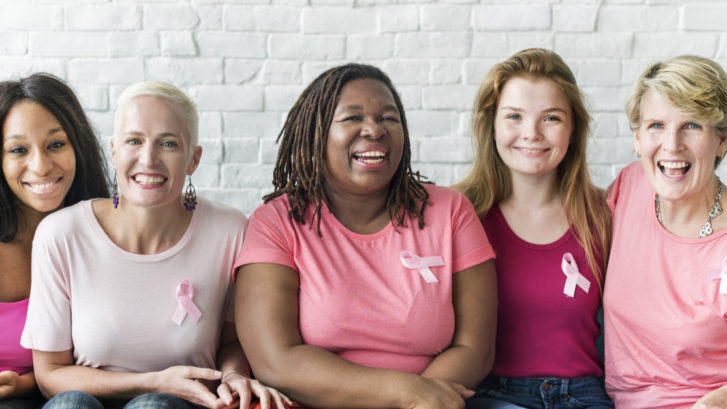The Latest Breast-Cancer Treatment Recommendations
If the new breast-cancer treatment recommendations confuse you, your concierge family practice doctors at MD 2.0 in Jupiter, Florida, would like to help you sort through what they mean. Across the globe, breast cancer is the most common cancer in women. With about 250,000 new cases per year reported and roughly 40,000 deaths, breast cancer affects both women and men.
In the past, cancer was perceived as one-dimensional, rather than a disease that surfaces in different forms. It began with cell mutation that would then spread into healthy cells, throughout the body and eventually kill its host. This is a very rudimentary explanation of how cancer works, but ensuing research has revealed that there are many different cancer types, and that they each have individual characteristics.
What Is Breast Cancer?
For example — breast cancer has multiple variations that each respond to different treatment regimens. When an individual receives a breast cancer diagnosis, a biopsy is performed on the suspicious tissue. Then — a test is administered to examine the cancer genes. The test (Oncotype DX) looks at the gene activity to categorize the cancer. It then predicts the likelihood of recurrence. Based on the results, the cancer receives a score and patients are categorized as low-risk, intermediate risk and high risk.
Individuals with lower-range scores are advised to treat the cancer with surgery and hormone therapy. Those with higher risks are advised to undergo chemotherapy to increase the likelihood of removing it. Recently, there have been issues with patients in the intermediate category. Until now, there have been no clear-cut answers for the optimal method to treat their breast cancer. However — a new study in the New England Journal addresses this.
New Breast Cancer Studies
The National Cancer Institute recently published a study in the New England Journal of Medicine on various breast cancer treatments. The study spans 10 years and looks at 10,000+ women in the intermediate-range risk category, treatments and survival rates. As the largest study ever performed on breast cancer treatment, it divides women into two groups. One of the groups received endocrine therapy (Tamoxifen) following surgery and the other received chemotherapy.
The result? There is no statistically significant difference in survival between the two groups. This is important because chemotherapy triggers numerous side effects besides the well-known nausea, fatigue and hair loss. Less common side effects include leukemia, heart failure, nerve damage, bone loss and vision problems. If chemotherapy is not necessary, physicians advise patients against it. Many physicians recommended lower-risk patients to forgo chemotherapy, but these new findings will reassure them that the chemo-free route is a perfectly acceptable course.
“I’m delighted,” Dr. Otis Brawley, chief medical and scientific officer for the American Cancer Society, told CNN about the new research results. “I worried for a long time about unnecessary treatment and side effects from chemotherapy.”
“With these genomic tests, we are finding that there are multiple types of breast cancer (perhaps several dozen), and we are being able to tailor therapies to the type of breast cancer each woman has,” said Brawley, who was not involved in the study.
The Best Approach
This new study will not solve the problem for every individual, though. Dr. Jennifer Litton at MD Anderson Cancer Center in Houston, told CBS News, “Risk to one person is not the same thing as risk to another. There are some people who say, ‘I don’t care what you say, I’m never going to do chemo,’ ” and won’t even have the gene test. Others elect to receive chemotherapy if it can provide even the smallest chance of benefit.
The best approach to treating breast cancer is relying on scientific research, however it ultimately comes down to what a patient is comfortable with. And of course we’re always here to discuss these or any other issues you are facing.

